Grid Based Energy Storage Explained
Types, Characteristics, Costs and More....
Why We Need Energy Storage
The only reason for energy storage on the grid is an attempt to eliminate hydrocarbon generation.
With one exception, energy storage is only necessary to offset the erratic and unpredictable output of wind, solar, tidal, or other generators that can’t instantly adapt to shifts in demand. Even then, its primary role is to reduce reliance on cheaper hydrocarbon-based generation.
As outlined in Wind and Solar: Part-Time Generators, wind and solar power are inherently unreliable. To make them viable for the grid, they require constant, year-round backup from fully dispatchable sources, as shown in Figure 1. Without this firming, their intermittency renders them unfit for purpose.
The Erratic Nature of Wind and Solar Output
The combined output of wind and solar fluctuates unpredictably due to several factors.
Hourly and Daily Swings: Within a single day—or even a few hours—wind and solar generation can shift dramatically, as illustrated in Figure 2.
Wind and Solar Droughts: Known as Dunkelflaute, these prolonged periods—spanning multiple days—bring wind and solar generation to a near standstill, as depicted in Figure 3.
Seasonal Shifts in Output: Over the course of a year, wind and solar generation fluctuates widely, with the extent of these changes varying by location. Figure 4 shows how output rises and falls across the seasons.
An Exception to the Rule: Energy storage plays a small role in speeding up generation that struggles to keep pace with demand shifts, such as older nuclear or coal plants. This only applies, however, when the goal is to phase out hydrocarbon-based generation entirely.
Debunking the Myth: Wind and Solar Correlation
A common belief holds that wind and solar output are correlated—when wind weakens, solar steps in, and vice versa. If this were true, it could lessen the need for energy storage.
Real-time data proves otherwise. Figure 5 reveals a weak, unpredictable relationship between wind and solar over time. Far from complementary, their outputs are effectively uncoupled.
A Primer on Energy Storage
How Is Storage Measured?
Energy storage is expressed as "x MW / y MWh," where:
x (Power Rating): Measured in megawatts (MW), this reflects the maximum input/output, determined by the size of converters or inverters.
y (Energy Capacity): Measured in megawatt-hours (MWh), this indicates the total energy stored, set by the capacity of the storage medium.
Both power rating and energy capacity must be specified when describing a storage system.
A third metric, storage duration, shows how long the system can deliver energy at its rated power. This is calculated by dividing energy capacity by power rating. For example, a 100 MW / 400 MWh facility offers 4 hours of storage (400 ÷ 100 = 4).
However, storage duration doesn’t dictate real-world operation. A 4-hour Battery Energy Storage System (BESS), for instance, might supply the grid for up to 18 hours depending on demand patterns.
State of Charge (SOC) Limitations
A storage system’s rated energy capacity isn’t fully utilized. To prolong lifespan, reduce maintenance, and ensure safe, reliable performance, it operates within specific SOC bounds:
SOC High: Typically 90% of capacity.
SOC Low: Typically 10% of capacity.
For a 400 MWh system, this means it operates between 40 MWh and 360 MWh, yielding a net capacity of 320 MWh—or about 3.2 hours of supply at full power. SOC isn’t the only constraint; factors like temperature and charge rate also impose limits.
Charge Discharge Limitations
The sizing of inverters impacts the ability of energy storage systems to charge and discharge effectively. Improperly sized inverters can restrict the storage system's capacity to absorb excess wind and solar power or to discharge energy to meet grid demand.
Types of Energy Storage
Energy storage systems fall into two broad categories based on duration.
Short-Term Energy Storage (Hours to a Day)
Battery Energy Storage Systems (BESS): Deliver rapid responses to demand spikes, boosting grid efficiency.
Gravity Energy Storage: Lifts heavy weights (often up towers) to store energy, then releases them to drive generators.
Long-Term Energy Storage (Days to Months)
Pumped Hydro Storage: Moves water between reservoirs at different elevations to store and release energy.
Compressed Air Energy Storage (CAES): Compresses air into underground caverns for later energy release.
Liquid Air Energy Storage (LAES): Compresses air then condense it into a liquid for later energy release.
Flow Batteries: Store energy in liquid chemical solutions pumped through the system.
Green Hydrogen: Provides energy security and stability over extended periods.
Round Trip Efficiency and Losses
Round-trip efficiency (RTE) measures the ratio of energy output to energy input in a storage system, expressed as a percentage. It’s a critical indicator of how much energy is lost during the storage and retrieval process.
Examples of RTE
Lithium-Ion: 83%
Vanadium Redox Flow: 75%
Sodium-Sulfur: 75%
Advanced Lead-Acid: 85%
Compressed Air: 50 - 70%
Liquid Air: 40 - 70%
Air storage round-trip efficiency (RTE) is optimized by capturing the heat generated during compression, storing it in a thermal storage system, and subsequently releasing it to counteract the cooling effect of expansion when the stored air is discharged to produce power.
Pumped Hydro: 81%
Hydrogen Storage: 30%–41% (varies by method—compression or cryogenic—due to significant system losses)
Grids that have large storage capacities can have substantial losses.
How Much Storage Capacity is Needed?
There is no single answer to how much storage is needed. There is an inverse relationship between energy storage and the wind and solar needed to charge to address all contingencies over the year.
Figure 7 which is based on real-time data from the Alberta, Canada grid illustrates this relationship increasing storage capacity results in decreasing wind and solar.
Although Figure 7 shows all hydrocarbons being replaced, this relationship remains true at lower wind and solar penetrations.
The optimal combination of energy storage and variable renewable energy (VRE) depends on striking a balance between the total capital expenditure (Capex) required for equipment installation and the ongoing Full Cost of Electricity (FCOE) incurred over the project's lifetime.
This ideal mix varies significantly by location and is influenced by factors such as:
Latitude
Wind speeds
Hours of sunlight
Local labor costs
Available subsidies, including Contracts for Difference (CfDs), Renewable Obligation Certificates (ROCs), and Federal Energy Tax credits (FETs)
Figure 8 demonstrates how different combinations of wind, solar, and storage capacity impact both Capex and FCOE.
Seasonal Impacts
Required storage capacity is determined based on year-round data to account for seasonal variations in wind and solar generation.
Energy Storage Cost
Because storage is only needed to support wind and solar, it adds substantially to their cost (LCOE) and therefor FCOE which is passed onto the consumer.
Purchasing Energy to Charge Storage
Energy storage does not generate electricity. Therefore, it must purchase power from the grid at the current spot price set by the available supply vs demand market.
When storage capacity is small and VRE generation is high, this lowers the spot price which in some cases may be negative.
As storage capacity increases, it will increase the demand for power as multiple facilities compete driving up the spot price.
Note: Unrelated to storage, increasing demand by storage facilities will increase or even eliminate Time of Use Tariffs (TOUT).
Levelized Cost of Storage (LCOS)
To remain viable, storage facilities must generate a return on the investment needed to build them and pay for both fixed and variable operating/maintenance costs.
Cost of storage used for Firming (Back-up)
Lazard publishes LCOS values for stand alone storage for use to firm or back-up variable wind and solar as shown in Figure 10.
Arbitrage adds to the total cost of storage
Storage sales for firming purposes alone are insufficient to sustain energy storage on the grid, given the seasonal nature of demand. Figure 11 illustrates that the full capacity of energy storage is only utilized for a brief period each year, while the majority remains unused for extended stretches.
To optimize return on investment and cover both fixed and variable costs, energy storage systems that would otherwise remain idle participate in arbitrage. These systems continuously buy and sell power on a minute-by-minute basis, leveraging automated AI-driven tools to determine optimal buying times (low prices) and selling times (high prices).
Figure 12 demonstrates how the Hornesdale 'Big Battery' in Victoria, Australia, actively engages in this process, generating $-millions in revenue through constant arbitrage. These earnings ultimately increase consumer cost.
Putting it all together
The total revenue of an energy storage facility comprises sales from firming (backup power provision) and arbitrage activities.
A prime example of a grid with well-integrated energy storage and variable renewable energy (VRE) is Australia’s National Electricity Market (NEM). Figure 15 presents a year of data illustrating this:
Energy was purchased at an average price of $34/MWh.
It was subsequently sold back to the grid at an average price of $268/MWh.
This resulted in a gross profit of $234/MWh, representing a 688% gain.



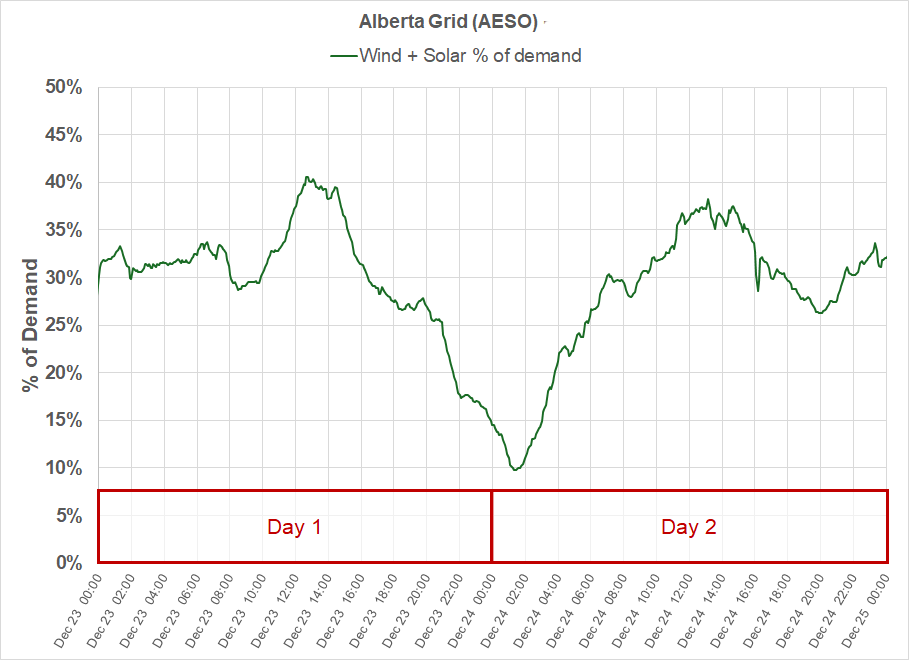

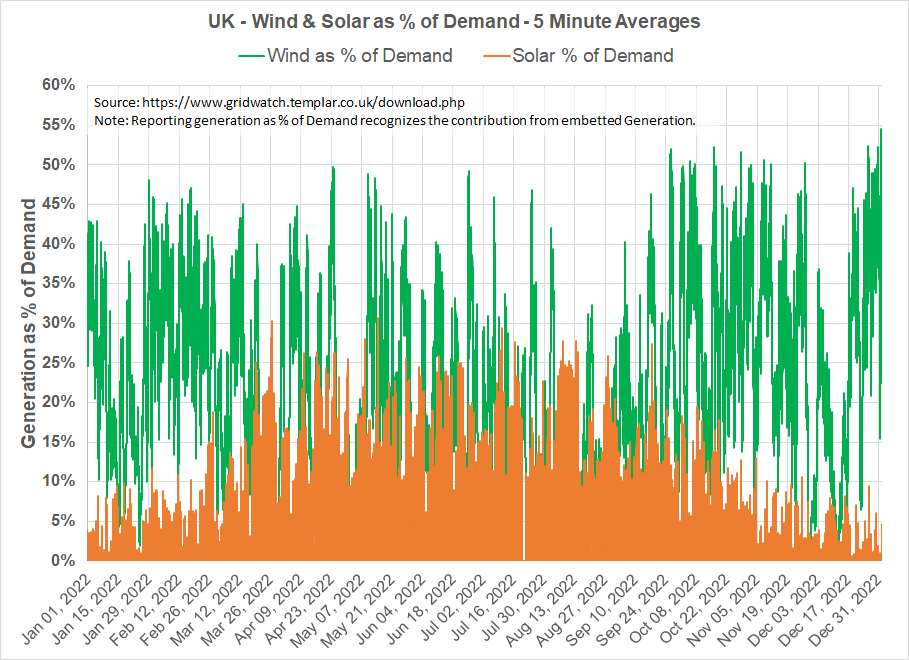
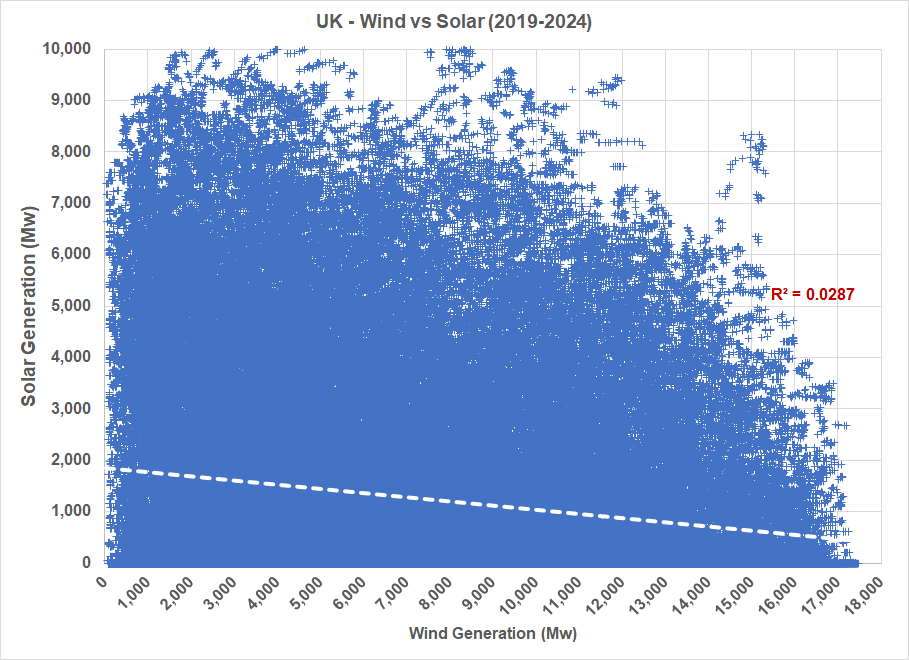
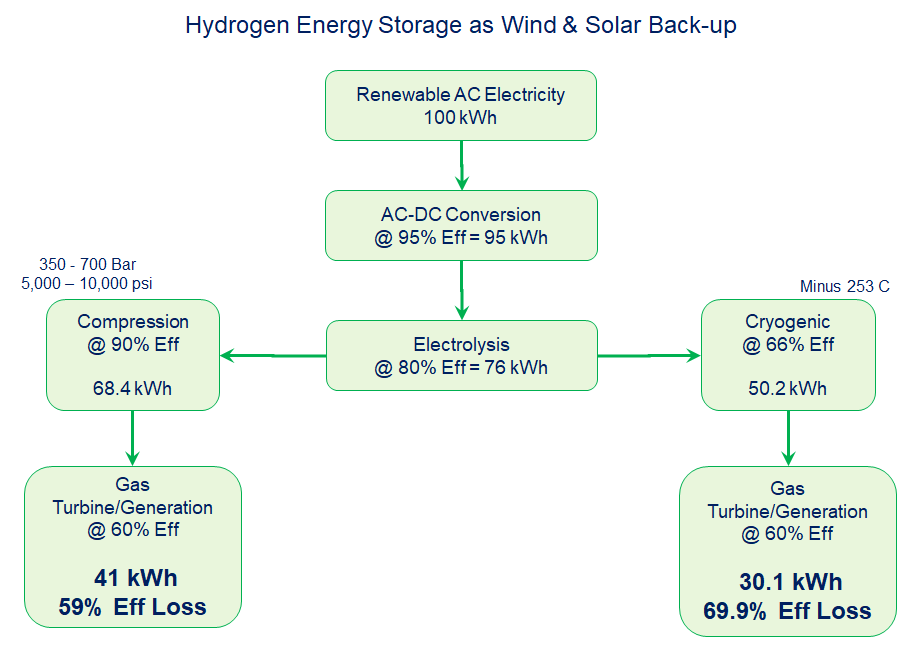
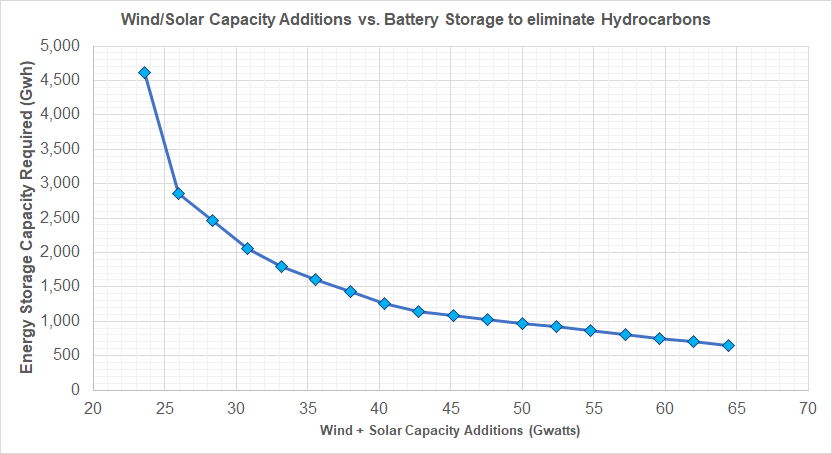
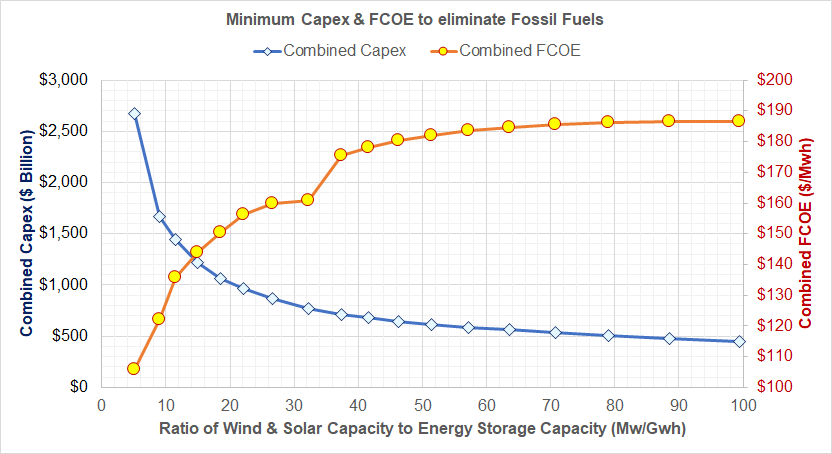

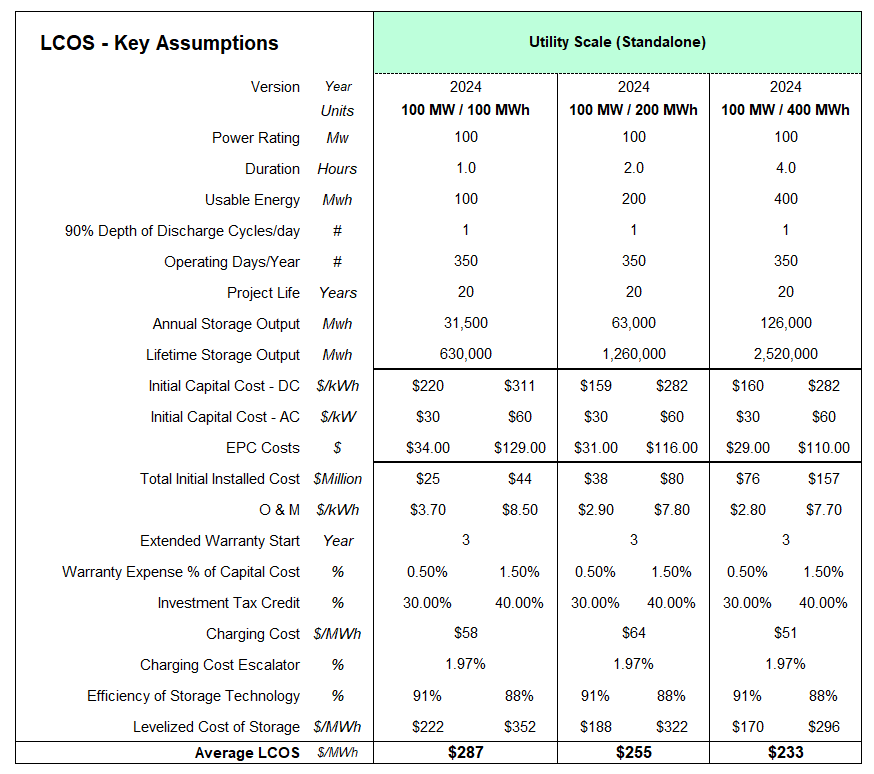

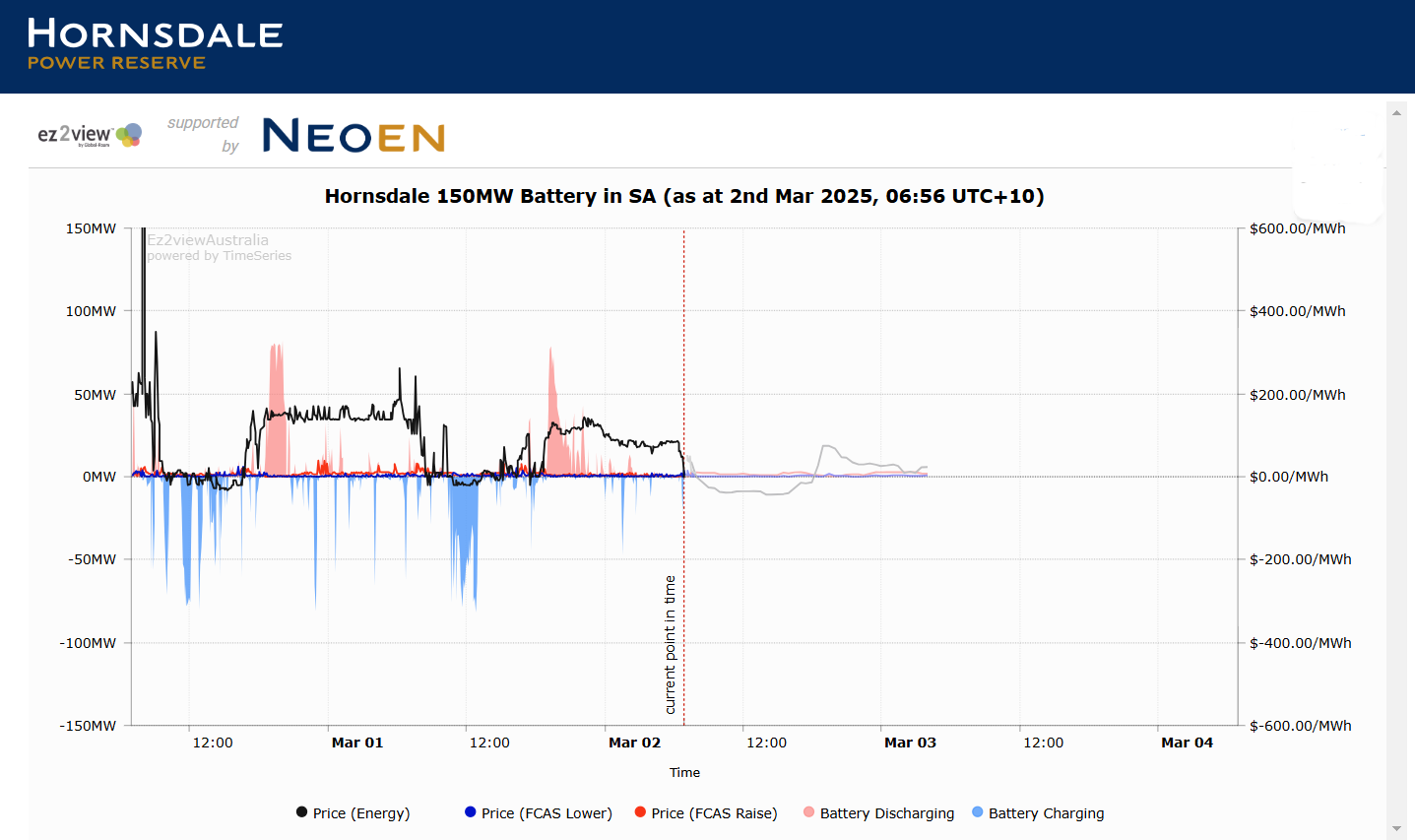
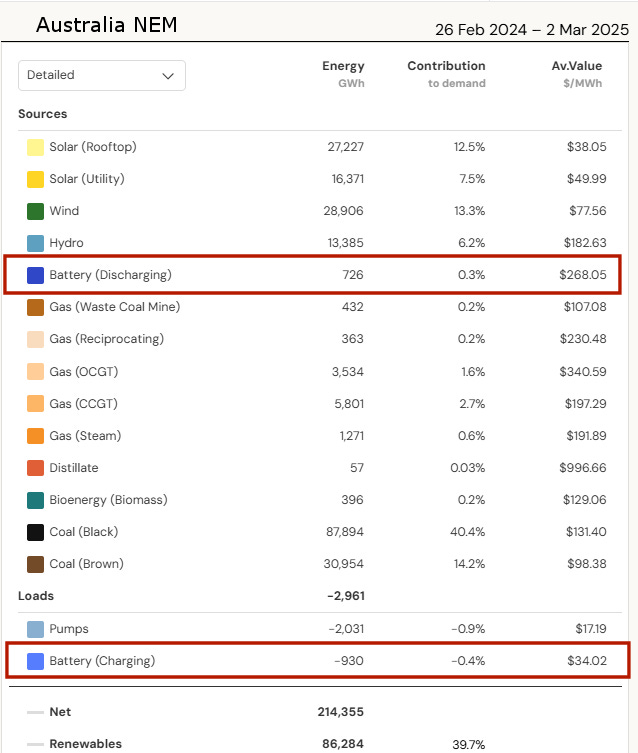
More good information building on the previous instalment and I am inclined to reiterate my previous comment "Important information without quite getting to the root of the issue. Due to wind droughts and lack of grid-scale storage, wind power will never work, so get it off the grid!"
As Paul Homewood would say, not many people know.... In this case what they don't know enough about is the fatal flaw in the wind supply which is beyond the intermittent aspect which can be mitigated at vast expense to keep the system working. It is not enough to just keep the system working because the costs will continue to increase as long as more unreliable energy is loaded on the grid.
For the sake of British industry, household budgets and the national economy. the cost of power has to fall to a fraction of the present figure. The only way to achieve that quickly is to burn more coal in new plant which is more efficient, never mind the emissions, it is about getting more power from a ton of coal.
The main thing that people need to know about storage is that it is not feasible or affordable to build the amount of storage required to get through a series of nights with little or no wind.
And people need to know about severe and prolonged wind droughts, the major Dunkelflautes that can last for many days or even weeks.
When enough people know about wind droughts and lack of storage, it will be possible to build a weight of popular opinion to drive politicians to achieve better policies. The politicians are not interested in information, they are interested in getting elected or re-elected.
We have to lift wind literacy in the community and I'm not aware of any organisation that is trying to do that apart from the energy realists of Australia. Even here, despite briefing some 100 journalists over several years, it is still not running in the media.
https://open.substack.com/pub/rafechampion/p/we-have-to-talk-about-wind-droughts
https://rafechampion.substack.com/p/the-late-discovery-of-wind-droughts
https://www.flickerpower.com/index.php/search/categories/general/escaping-the-wind-drought-trap